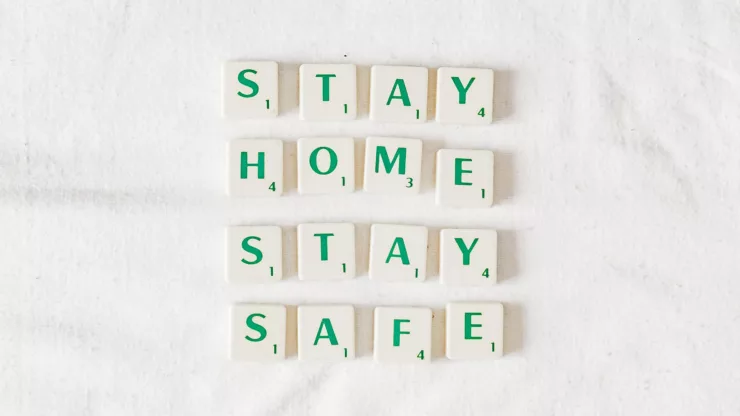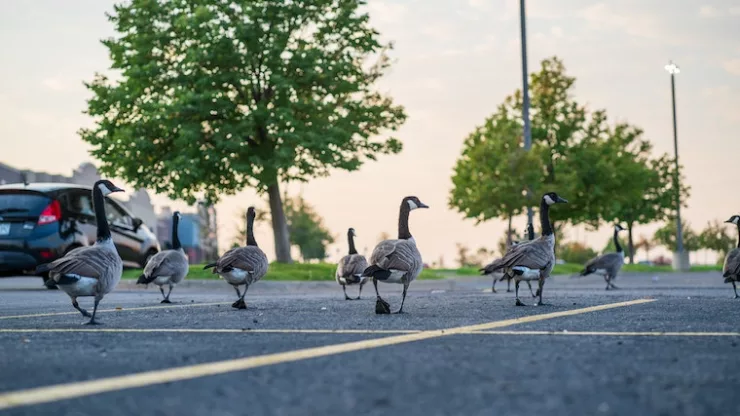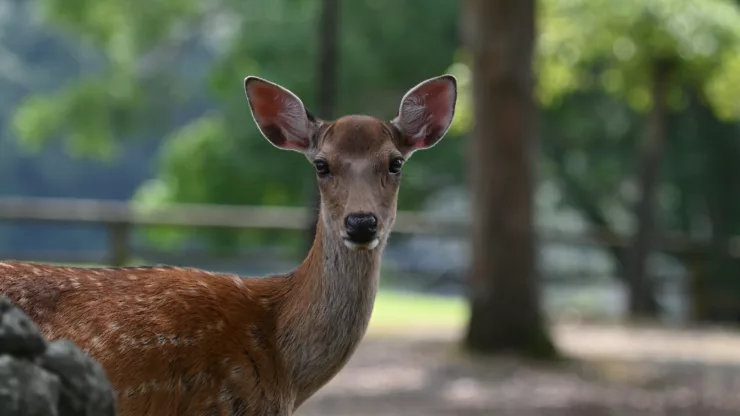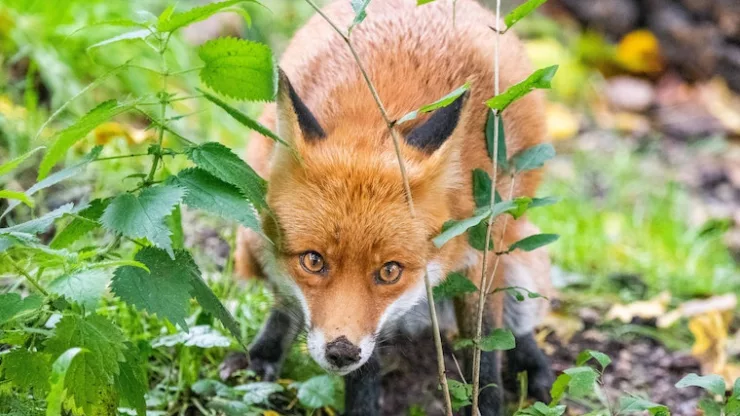Living in the city doesn’t mean you won’t encounter wild animals. From raccoons to coyotes, urban areas have become home to many species of wildlife.
While it can be exciting to see these animals up close, it’s important to know how to stay safe when encountering them.
In this article, we’ll provide tips for coexisting with urban animals and what to do if you come across a dangerous one.
Jump to Section
Facing urban wildlife: stay calm and safe
The most important thing to remember when encountering urban wildlife is to stay calm and avoid getting too close.
Many animals are more afraid of you than you are of them, but they can still become defensive if they feel threatened.
If you see an animal, here are some tips to stay safe:
- Keep your distance – never approach or attempt to touch the animal.
- Make noise – clapping, yelling, or stomping your feet can scare the animal away.
- Back away slowly – if the animal doesn’t leave, slowly move away while keeping an eye on it.
- Keep pets on a leash – this will prevent them from running up to the animal and getting hurt.
Identify and avoid common animal encounters
Certain animals are more common in urban areas than others.
Knowing what to look out for can help you avoid dangerous encounters. Here are some examples:
| Animal | Description | Habitat |
|---|---|---|
| Coyote | A medium-sized, grayish-brown wild dog | Parks, suburban areas |
| Raccoon | A small, nocturnal mammal with a distinctive black "mask" around its eyes | Garbage cans, attics, crawl spaces |
| Skunk | A black and white mammal with a strong odor | Under decks, sheds, and other protected areas |
| Squirrel | A small, furry rodent with a bushy tail | Trees, attics |
Tips for coexisting with urban animals
While it’s important to stay safe around urban animals, it’s also possible to coexist peacefully with them.
Here are some tips to make sure both you and the animals stay safe:
- Secure your garbage cans – this will prevent animals from getting into them and potentially spreading disease.
- Keep pet food indoors – outdoor pet food can attract animals looking for an easy meal.
- Don’t feed the animals – feeding wildlife can cause them to become dependent on humans and lose their natural instincts.
- Plant a wildlife-friendly garden – this can provide food and shelter for animals and encourage them to stay away from your home.
What to do if you encounter a dangerous animal
While most urban animals are harmless, some can be dangerous if they feel threatened. If you encounter a dangerous animal, follow these steps:
- Stay calm – don’t run away or make sudden movements.
- Make yourself big – raise your arms and stand on your tiptoes to make yourself look bigger.
- Back away slowly – if the animal doesn’t leave, slowly move away while facing it.
- Call for help – if the animal is still threatening you, call animal control or the police.
FAQ
What should I do if I find a baby animal alone?
It’s best to leave baby animals alone. Many animals leave their young alone for periods of time while they search for food.
If you’re concerned, contact a local wildlife rehabilitation center for advice.
Can I legally kill an animal if it’s on my property?
In most cases, it’s illegal to kill urban wildlife unless it’s posing an immediate threat to human life.
Contact animal control for advice on how to safely remove the animal from your property.
What should I do if I see an injured animal?
Contact a local wildlife rehabilitation center or animal control.
Do not attempt to handle the animal yourself, as it could be dangerous and could also harm the animal further.
I’m a nature enthusiast and creator of Metro Wilds and have spent years exploring the great outdoors.
With a passion for environmental conservation and sustainability, I have dedicated my career to writing about the beauty and wonders of nature, as well as the threats facing our planet.
Contact me at [email protected] for assistance.





